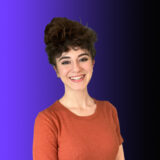Have you ever wondered why you’re drawn to certain brands and become a dedicated fan? The secret lies in brand communities, where enthusiasts orbit around a brand-like planet in a galaxy. This guide unveils the power of brand communities, exploring how contributors, participators, and explorers shape these orbits. Delve into the role of company culture, witness the impact on community engagement, and discover success stories of brands leading the way.
Fans and brands
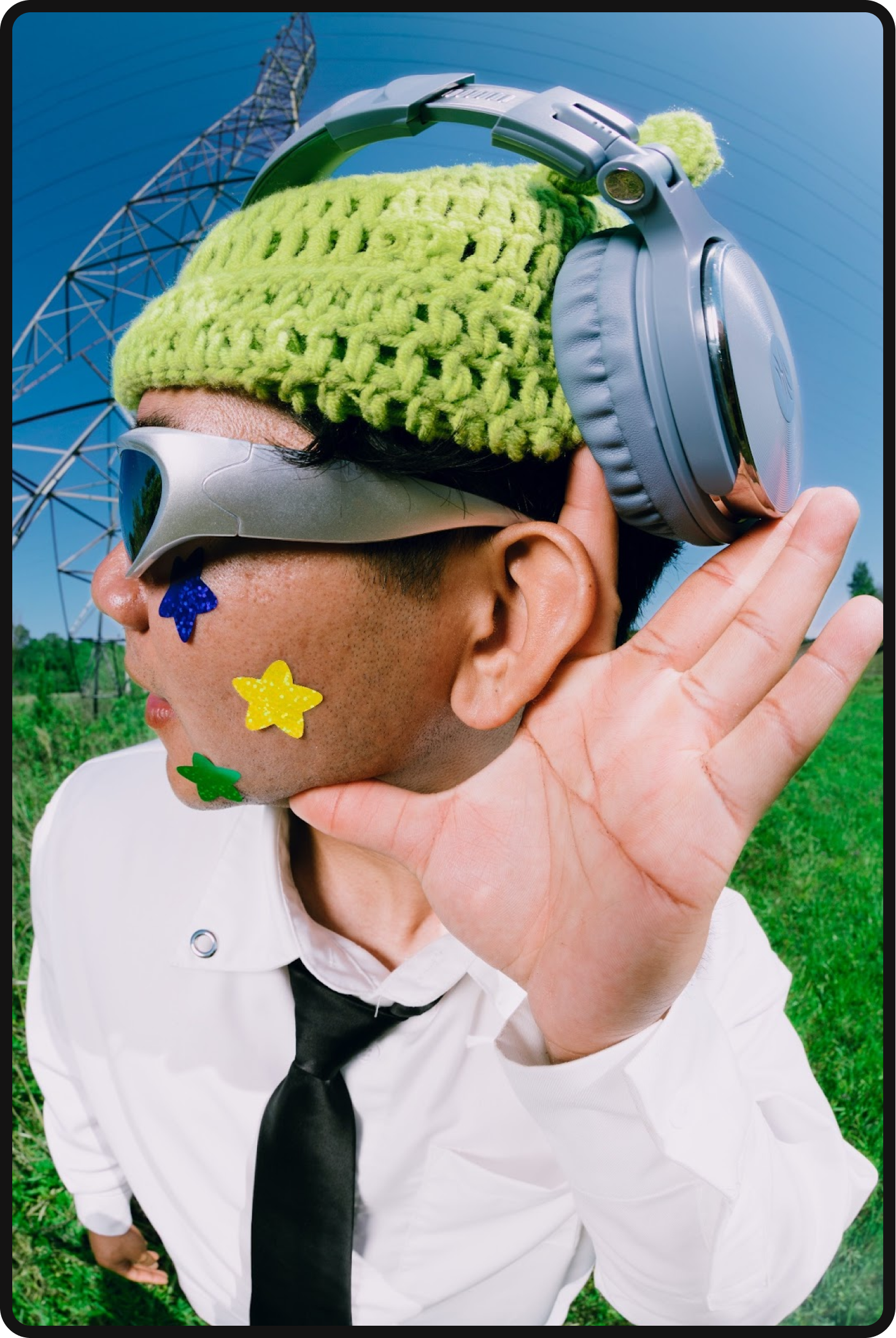
Who’s your top artist on Spotify? There’s a good chance you follow them on social media, make arrangements to see them in concert (thanks for nothing, Ticketmaster), pre-order their albums, buy merch as soon as it drops, and maybe even invest in a record player to give yourself an excuse to buy vinyls. Their influence might go so far as to dictate your personal aesthetic in your home decor and clothing (forever obsessed over Lana Del Rey core). TL;DR – you’re a fan, and it shows.
Now what if we told you that companies also have superfans that are as dedicated to their brands as Swifties are to Taylor? Brand communities are the true test of a person’s loyalty to a brand. They combine a person’s love for that specific brand and/or product with their daily lives, aesthetics, and decision-making. These experiences are further enhanced by sharing them with fellow brand loyalists – be they at in-person events such as popups, shopping new releases in brick and mortar locations, or online engagement. And they can be instrumental to your brand’s success across a variety of channels.
Planet Community
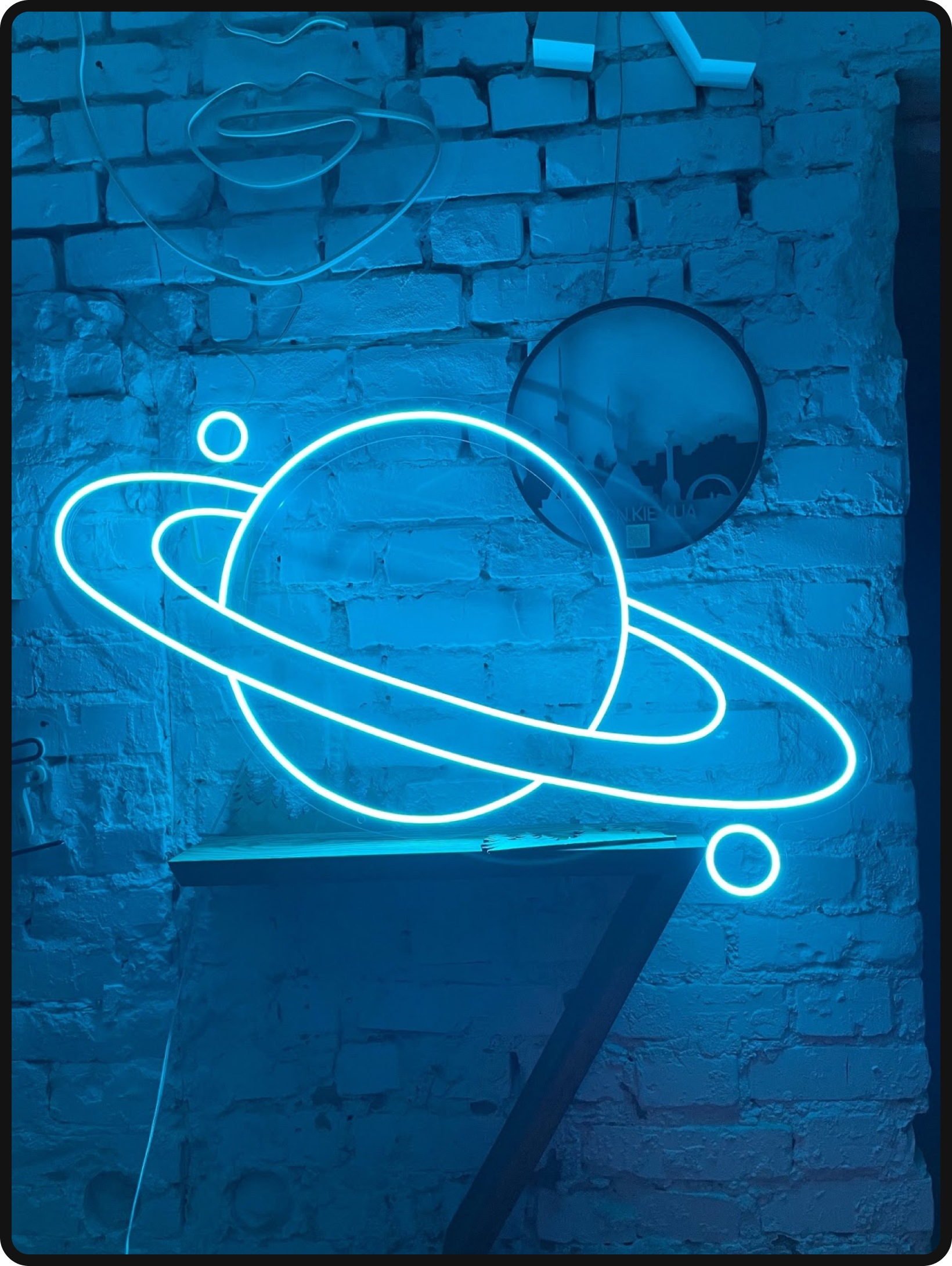
Think of brand community as a planet with a central pull of gravity (aka, the brand). It’s going to have elements orbiting around it (a huge audience of community members), and the closer those elements are, the more invested they are in the brand. We can break these down into 3 different kinds of community characteristics: contributing, participating, and exploring members.
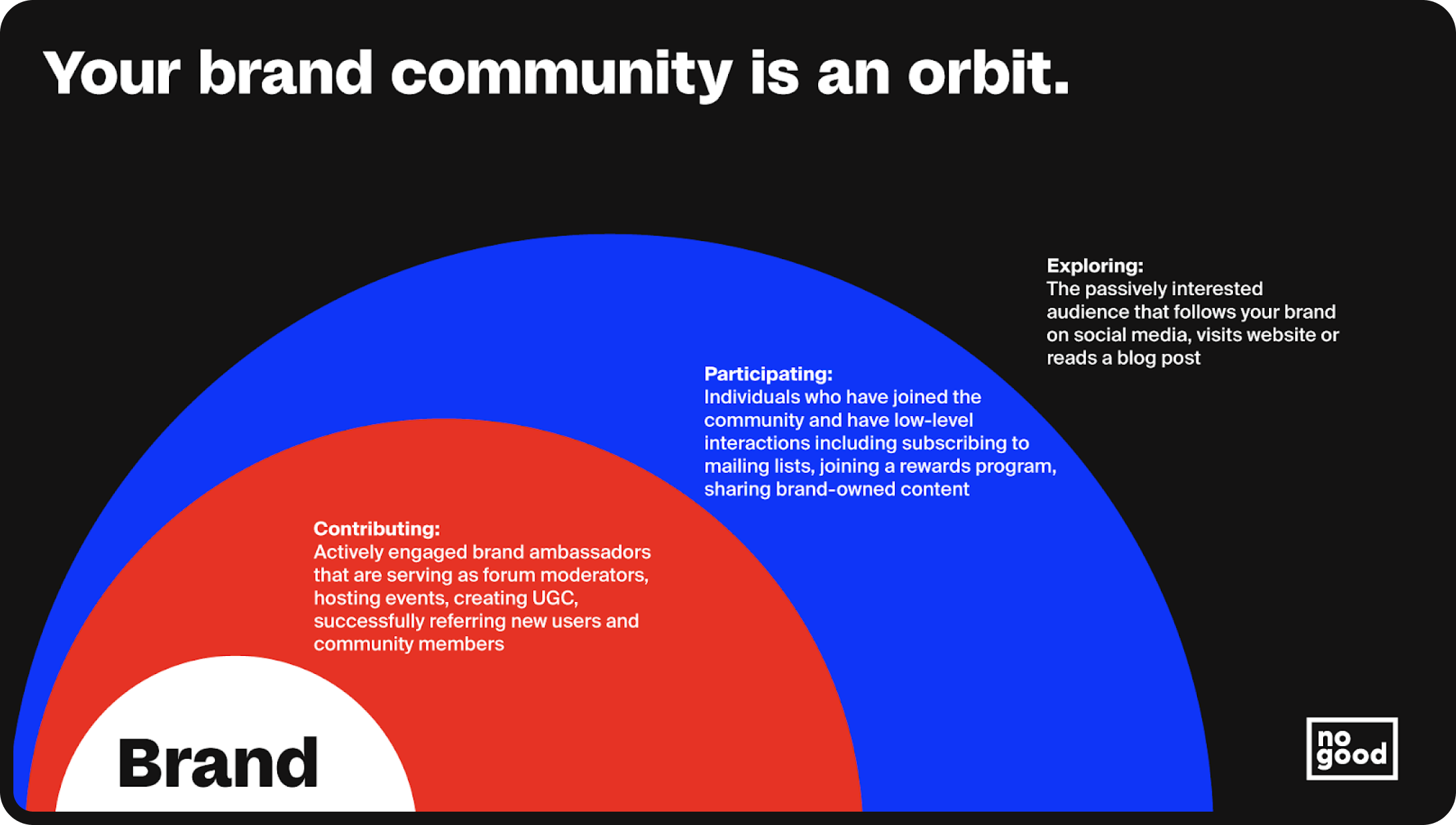
Contributors
A strong brand community is a crucial element of success, and strong brands credit their contributing members as the foundation for their success, partially because they act as recruiters for potential customers. Brand communities represent the company’s values, products, and name wherever they go. When asked about the elements they’ve incorporated into their day-to-day lives from the company, these contributing online community members are more than happy to share every detail and recommend their lifestyle – and subsequently the brand – to those curious, providing the brand with ample advertising free of charge.
These members are the ones posting about the brand, crafting user generated and plugging the brand wherever they go, and the most welcome to being immersed in your brand’s complete community experience. We all know that obtaining new customers is exponentially more difficult (and expensive) than retaining existing customers, so the influence of the brand community can help turn those on the fence into returning clients without making a dent in the brand’s pocket. A great example of loyal customers in a successful brand community? Disney adults.
What comes to mind when you think of a “Disney adult”? You’re probably picturing an annual pass holder that sports Mickey merch, has a home decked out with subtle (or not so subtle) nods to films that inspire nostalgia and pets (or children) named after their favorite characters, attending in-person events at the parks. Seems a little excessive, right? Not to them.
They’re part of Disney’s brand community, which means their loyalty and love for the Disney brand extends far beyond just spending time in the parks, spanning even into the world of user generated content where they craft custom content built around the company. Disney is a necessary part of their lifestyle that they’ll go out of their way to incorporate or become participants in content creation whenever possible – and they’ll do it with other Disney fanatics.
Participators
These community members are not as invested as the contributors, but carry a definite interest in the brand. Participators engage on a far lower level, only enrolling in rewards programs or signing up for push notifications/mailing lists. They have a strong potential to turn into contributors, and will even go so far as to share content from the brand. Participators in these digital communities look up to contributors as both inspiration and as a representation of the brand they’re getting into.
If Disney adults are the diehard fanatics going every weekend, participators are the people that maybe do Disney twice a year at best. They know of the brand and enjoy its offerings, but aren’t about to obsessively plan every move they make or search for hidden Mickeys in line.
Explorers
Ordinarily the hardest genre of member to reach, brand communities make your company visible to explorers. These members passively follow your brand on social media, might look into your website, and occasionally interact with posts – but that’s the extent of their involvement. At least, it is until brand communities come into play. Explorers get to witness both participators and contributors and decide whether they want to make the leap into full-time brand representatives or if they’d like to ease their way in via participation. Either way, brand communities help bring these potential clients closer to the center of the brand’s gravity, and the closer they get, the more loyal they become.
Explorers are not at a stage where they can see themselves spending their life savings on blue milk and mouse-shaped ice cream like the contributors, or at a place where they’ll look into amusement park trips once a year. They’re likely only going to plan a Disney outing if there’s some external factor coaxing them along. Maybe their friends are going and they want to be part of the group, or there was a discount code that helped justify them going.
Regardless of where you might fall as a consumer in the orbit of Planet Community, you’ve definitely seen widely popular examples of brand communities everywhere.
Culture and Co.
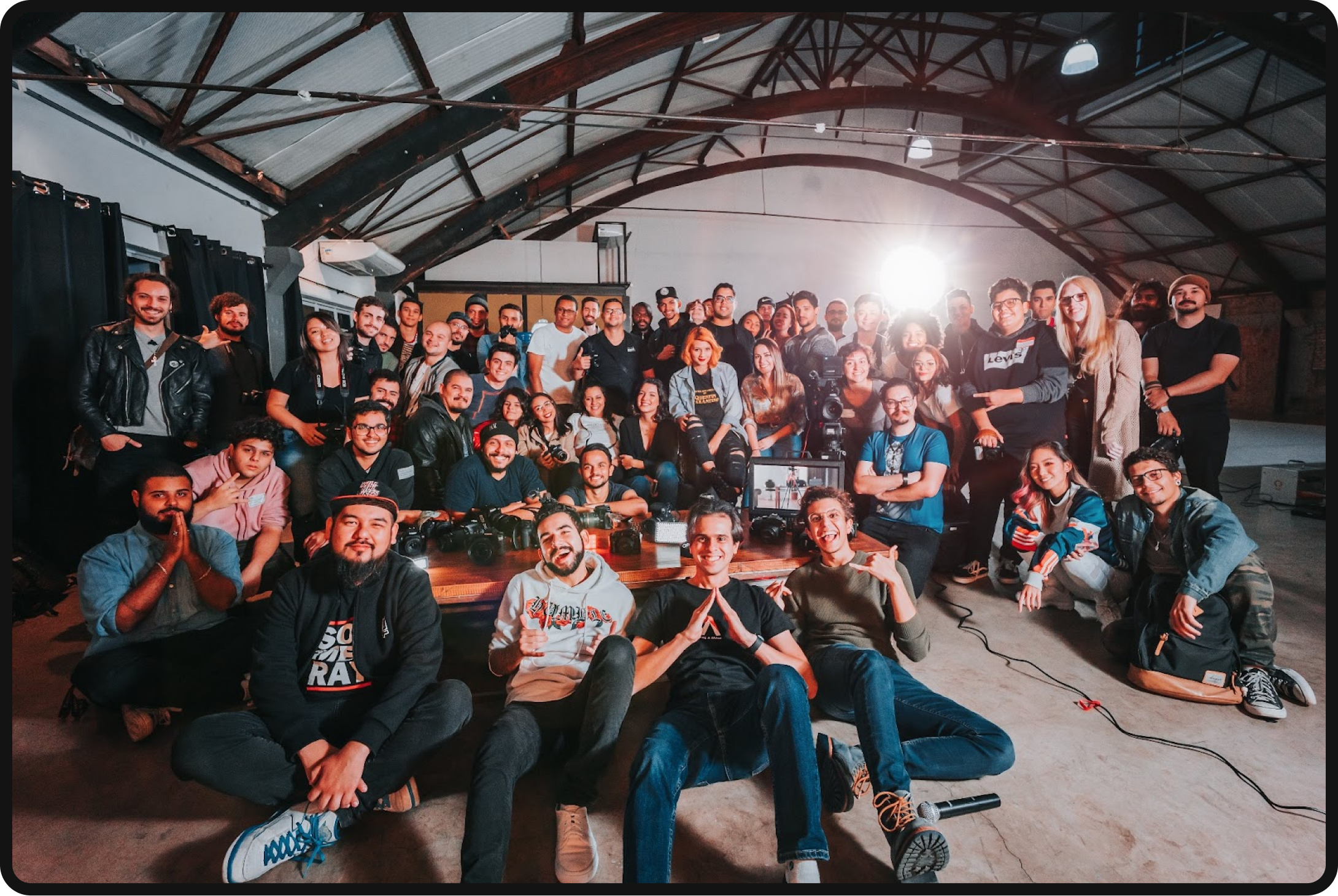
Brand communities are stronger when their foundation is built upon company culture. You’ve seen job advertisements with descriptions like “Enthusiastic, fun work environment!” But company culture now must go much deeper than summer fridays and pizza parties. Why is it important to make your company culture part of your community-building strategy? Two reasons:
Providing proof
Publicly demonstrating the culture goes a lot further than asking people to take your word for it. It gives audiences a glimpse behind the scenes of their favorite brands (because who doesn’t love a good BTS?) and potential new hires a sense of who you are to see if they’d determine if they were a good fit for your company.
Setting expectations
Your office’s behavior shows your audience the blueprint for what they’re getting themselves into (and what their behavior will be like if they choose to enter Planet Community)!
Strong community = Strong community engagement

Company culture is essential to your content marketing strategy and to your community building. Once you’re there, what can you expect to see from your virtual brand community on social media platforms – and how can you help encourage passionate community users to be part of your business strategy? A common theme you’ll find in seamlessly incorporating consumers into your marketing strategies is investing in your communities.
Emotional relationships
Members of Planet Community invest their time and money in your brand – but perhaps most importantly, their energy. Putting in that much effort on their end results in customers investing so strongly, it becomes part of their social relationships. Social psychology suggests that people must find fulfillment in something – be it a loved one, a job, or even a brand! By providing your online brand communities with a sense of community, you provide your target audience with emotional fulfillment, which can increase customer loyalty.
By establishing stronger relationships with consumers, you can convert even those orbiting in the Explorer layer into your branded community, making them passionate community users like those in the Contributor sphere.
Community experience maintenance
Having your branded community in place is one thing – maintaining it across each social network is another. There are many ways to drum up customer engagement. Adding upcoming events to your content calendar and promoting them across social network environments can get people excited to join in on the fun. Numerous communities across niches can find events like popups, new store openings, or countdowns to new product/service launches interesting. Make your community feel special by shouting out fan-created products (and using them as ideas for product creation in the future – fan products are a great demonstration of customer feedback!).
Follow popular topics and invest your time researching niches appropriate for your brand to stay up to date before trends boom. Utilize a hashtag tracker to optimize your SEO, and prioritize simple hashtags instead of overly branded ones (which don’t serve smaller brands quite as well anyways). And above all – create ample opportunities for customers to take action across all influential platforms your brand resides in.
Upstanding Community Leaders
So you know the who and the what of brand communities and company culture. Now, what does the application of these concepts look like? Community branding doesn’t have to be tricky to understand. Here are a few successful examples of brands leading the way in the brand community space for you to get inspired by!
NoGood
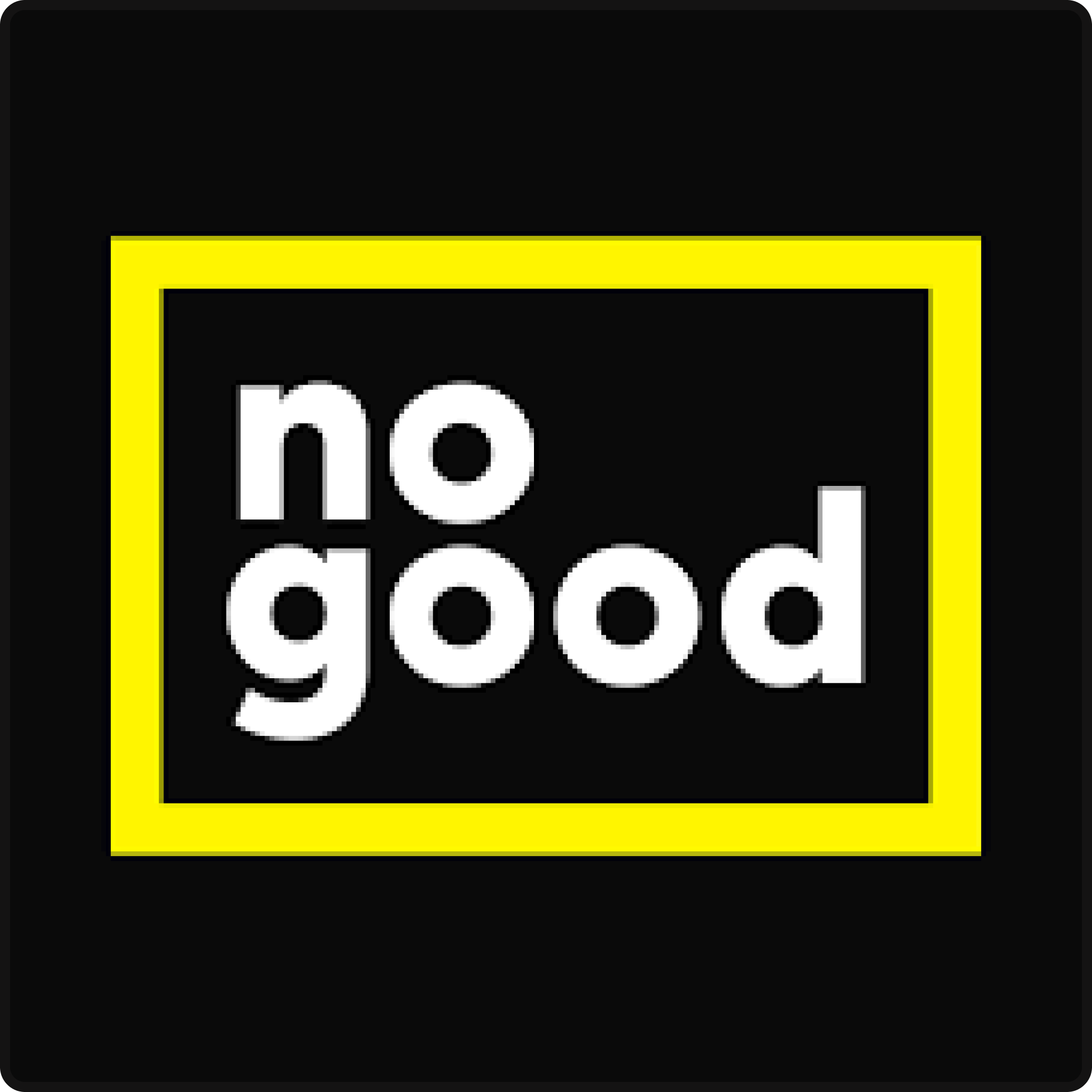
We practice what we preach! If you haven’t heard of our office reality series, you’re missing out – we’re one of the most recognizable offices in New York on Instagram! By cultivating an environment where viewers can see our personalities shine, we not only get more eyes on our content but also catch the attention of potential clients and employees who want to work with us because they find us relatable (and hysterical). Check us out on Instagram to see what chaos Sarah and Chris will cause next!
Shinesty
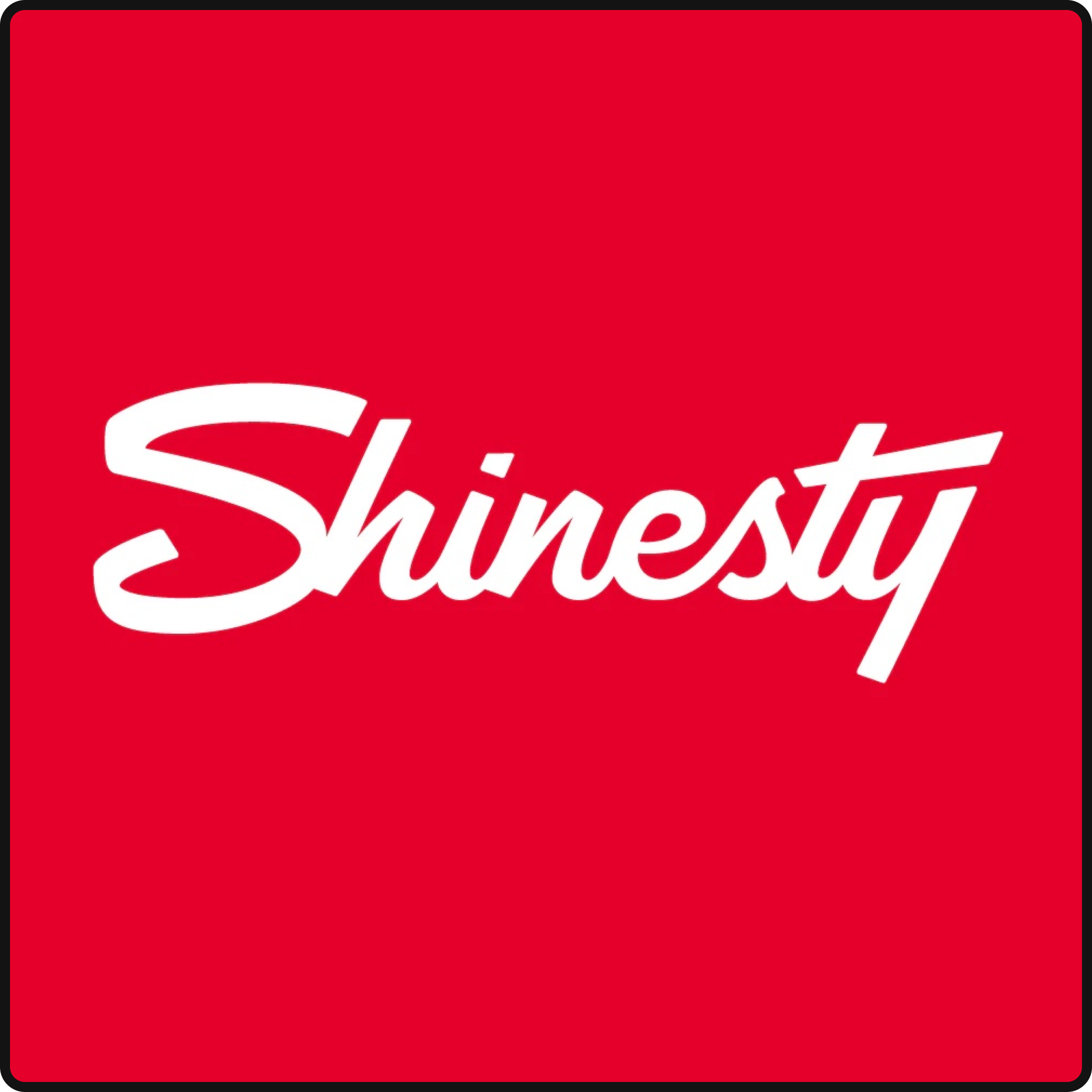
If you didn’t know this was a brand (let alone an underwear brand), you’d have a hard time determining that from their social media presence – and it’s actually a brilliant strategy. A key element of digital marketing is called “shoppertainment,” or shopping entertainment. Shinesty has this down to a science with their ridiculous how-to series, with tutorial topics ranging from how to text a scammer, buy a town, cheat at hide and seek, and even annoy the CEO.
When you think about it, underwear with cool patterns really isn’t the most exciting, interesting product. This is why posting about literally anything else (while demonstrating company culture) helps solve the problem – entertain first, draw attention to your brand, and sell the boxer briefs later when your audience is invested in you!
AirBaltic
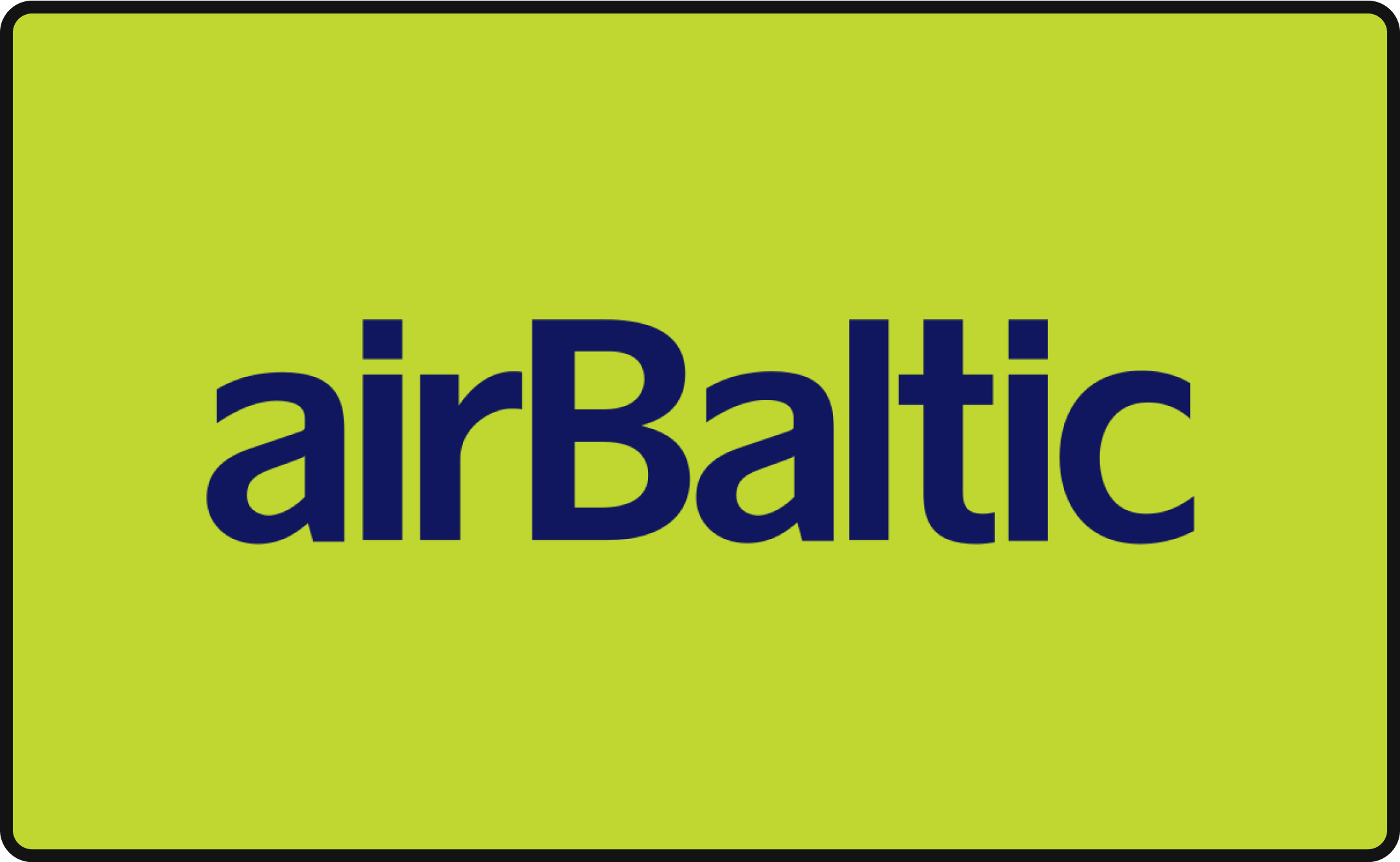
Turns out airline staff members really are just like us, and need a helping hand every so often (or to use them to figure out directions). Which is part of what makes them stand out in a sea of airline options is their relatability – because try as they might, other companies can’t match the level of authenticity and quality of video execution that AirBaltic reaches. It makes them stick out when you’re looking for a flight.
Empire State Building

The Three Musketeers have nothing on THE trio behind the Empire State Building’s TikTok account. And they do an incredible job with it. After all, how exciting can a building really be? With their creative lens, the answer is very!
Aside from giving the actual building a personality (which is a close competitor for best brand mascot on TikTok with Duolingo), they’ve cultivated a recognizable set of faces with these three employees to have visitors on the lookout for them in real life when they’re touring there – that’s right, people don’t just go for the Empire State Building anymore, but to see the TikTokers that promote it!
Lawyer Kevin Kennedy
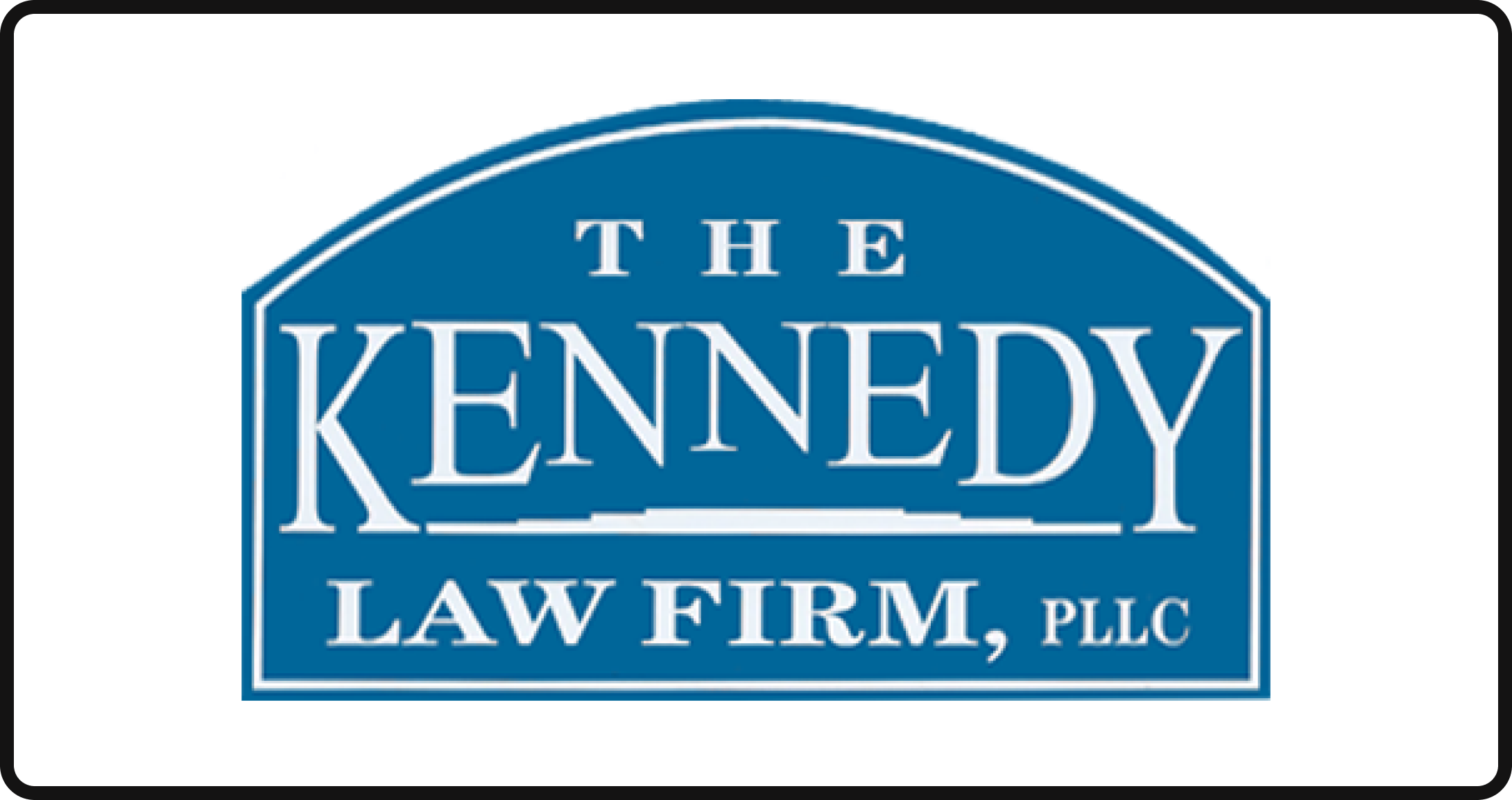
We don’t know about you, but our interest in law goes as far as Legally Blonde and the rest is as fun as watching paint dry. That is, until Kevin Kennedy’s law firm started going ultra viral on TikTok. From his ultra-blinged out, colorful wardrobe to his heavy southern accent, Kev catches viewers attention with his quick legal tips.
But audiences are often gifted with a peek into the office itself, with the interns making appearances asking their boss ridiculous hypothetical questions or challenging him to recreate the parkour scene from The Office. For legal needs or entertainment purposes, we know “Kev’s got you covered!”
KARL
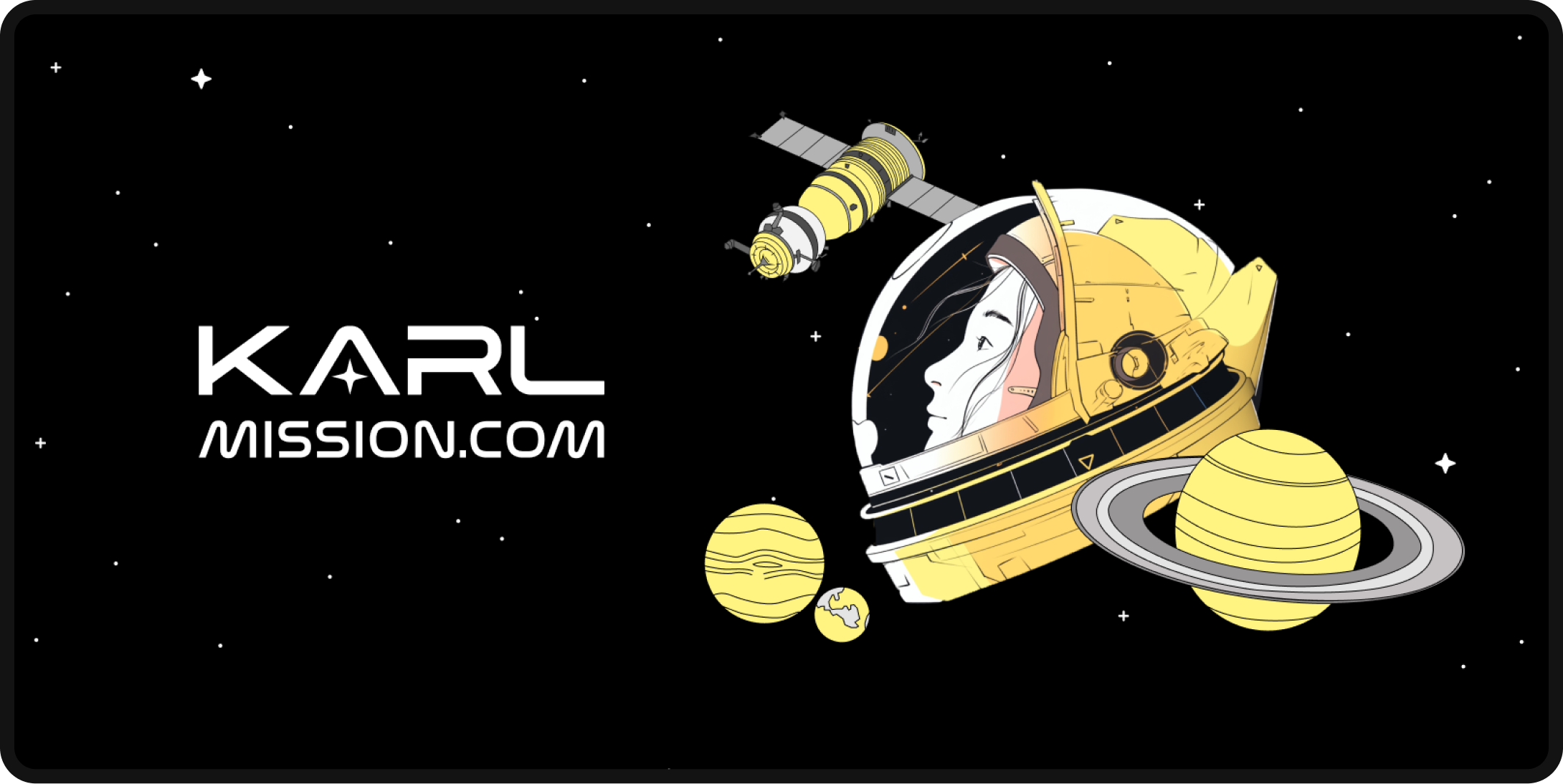
This marketing agency stars Gen Z employee Juli, “bossman” boomer Alex, and everyone’s favorite coworker, the office pup Daisy. Videos from KARL mostly center around Alex’s tolerance for his young employee’s antics. Juli’s stunts are all relatable to a Gen Z audience, ranging from phone anxiety over having to call clients, crafting unhinged email signoffs, and pressuring Alex to adopt snail mucin to his skincare regimen.
Blasting off
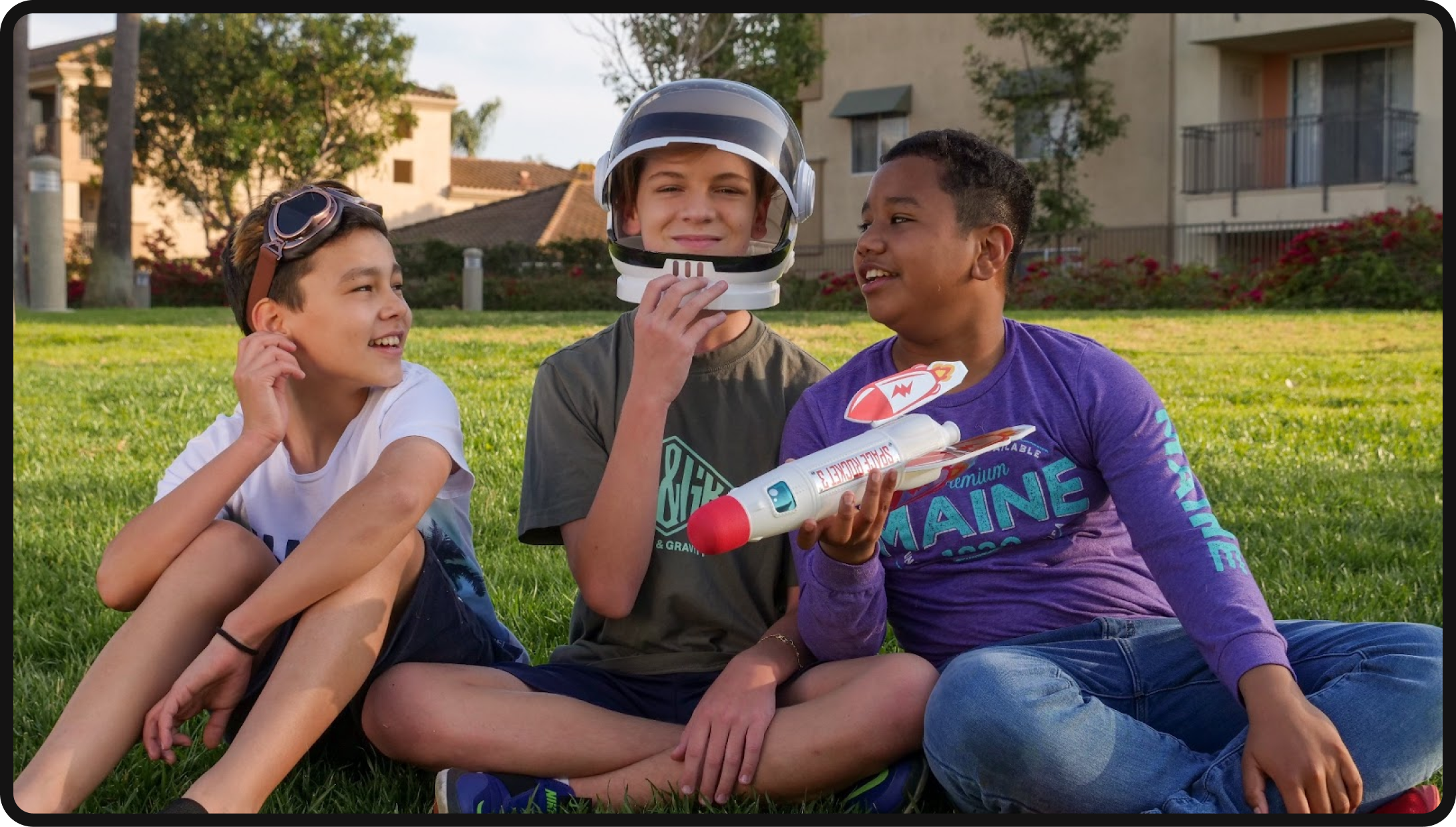
With that handful of standout community examples, a content marketing strategy to generate engagement, and a passport to Planet Community in hand, you’re ready to start crafting high-quality content to push out across social networking platforms to reach your new brand communities.
Feel like you need a little help? That’s what we do best – contact us to help jumpstart your community strategy today!
